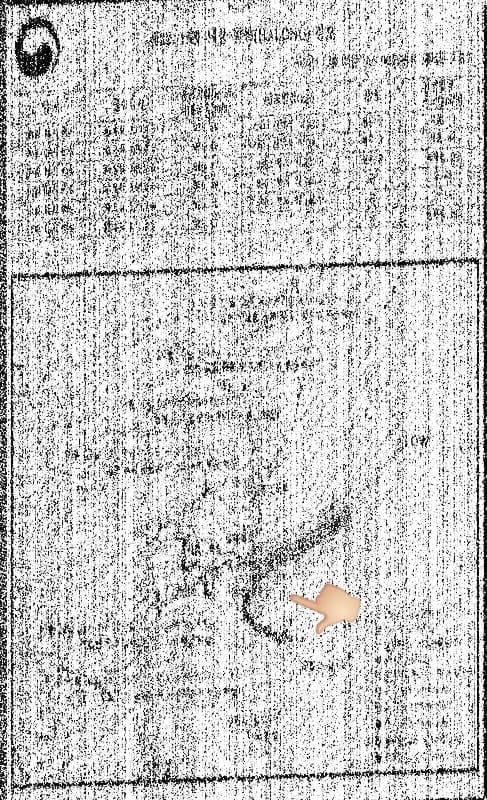 Many thanks to SWLing Post contributor Terry (N5RTC), who shares the following schedules for Texas Radio Shortwave (click image to enlarge):
Many thanks to SWLing Post contributor Terry (N5RTC), who shares the following schedules for Texas Radio Shortwave (click image to enlarge):
Carlos’ Illustrated Radio Listening Report and Recording of China National Radio (October 9, 2025)
Many thanks to SWLing Post contributor and noted political cartoonist, Carlos Latuff, who shares the following illustrated radio listening report of a recent China National Radio.
Carlos notes:
Israel approves Gaza ceasefire agreement, China National Radio (CNR), 17580 kHz
Carlos’ Illustrated Radio Listening Report and Recording of NHK (October 8, 2025)
Many thanks to SWLing Post contributor and noted political cartoonist, Carlos Latuff, who shares the following illustrated radio listening report of a recent NHK broadcast.
Carlos notes:
Typhoons n° 22 and 23 hit Japan, NHK, 11625kHz
RTI Spanish Language Service Update
Typhoon Halong: Three Radiofaxes from Three Meteorological Offices
Many thanks to SWLing Post contributor Carlos Latuff, who writes:
Typhoon Halong in three radiofax received this morning in Rio de Janeiro:
-Japan Meteorological Agency
(13988 kHz)
-Korea Meteorological Administration
(13570 kHz)
-Shanghai Meteorological Bureau
(12382 kHz)
Note: I added the little hand to make it easier to locate the typhoon on the charts.
Among the three, the one with the strongest signal was the Shanghai radio station, even being 18,235 km away from Rio de Janeiro and I’m in a densely urbanized area.
Update: Shanghai Meteorological Bureau for (today) October 9, 2025
Practical Engineering: The Bizarre Bases of Antenna Towers
Radio Romania International: Listeners’ Day 2025 – How to Participate
Many thanks to SWLing Post contributor David Iurescia for sharing this tip:
Radio Romania International has announced that Listeners’ Day 2025 will take place on November 2 (the first Sunday after RRI’s anniversary). This year’s theme focuses on digital safety — from phishing scams to AI-driven fraud and disinformation — and they’re inviting listeners to share how safe they feel from online threats, what personal steps they take to protect themselves, and what society should do to strengthen collective defenses.
You can send your thoughts by email ([email protected]), Facebook, or even as a voice message via WhatsApp (+40 744 312 650). Selected contributions may be broadcast on the day. Full details here: https://www.rri.ro/en/useful-information-en/useful-information/2025-listeners-day-on-rri-id935924.html










